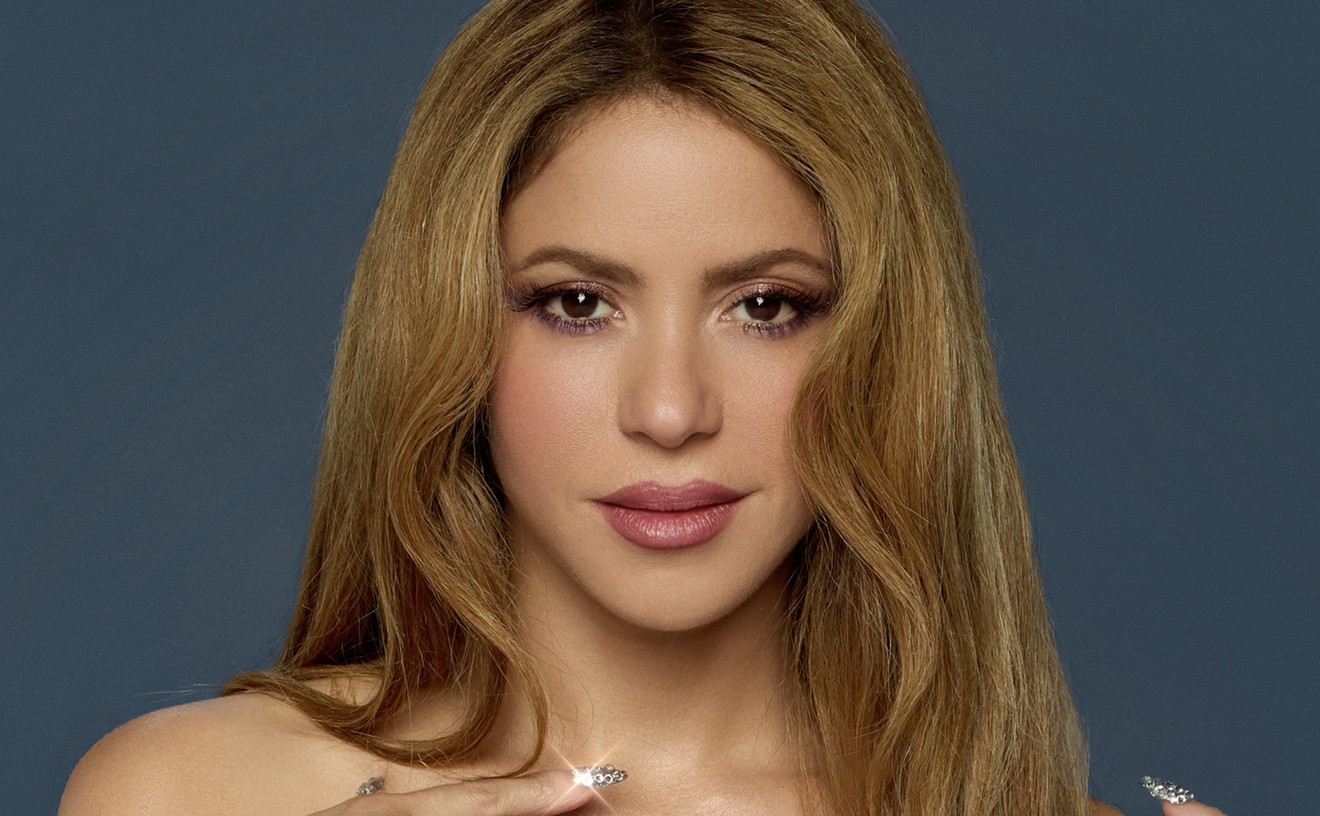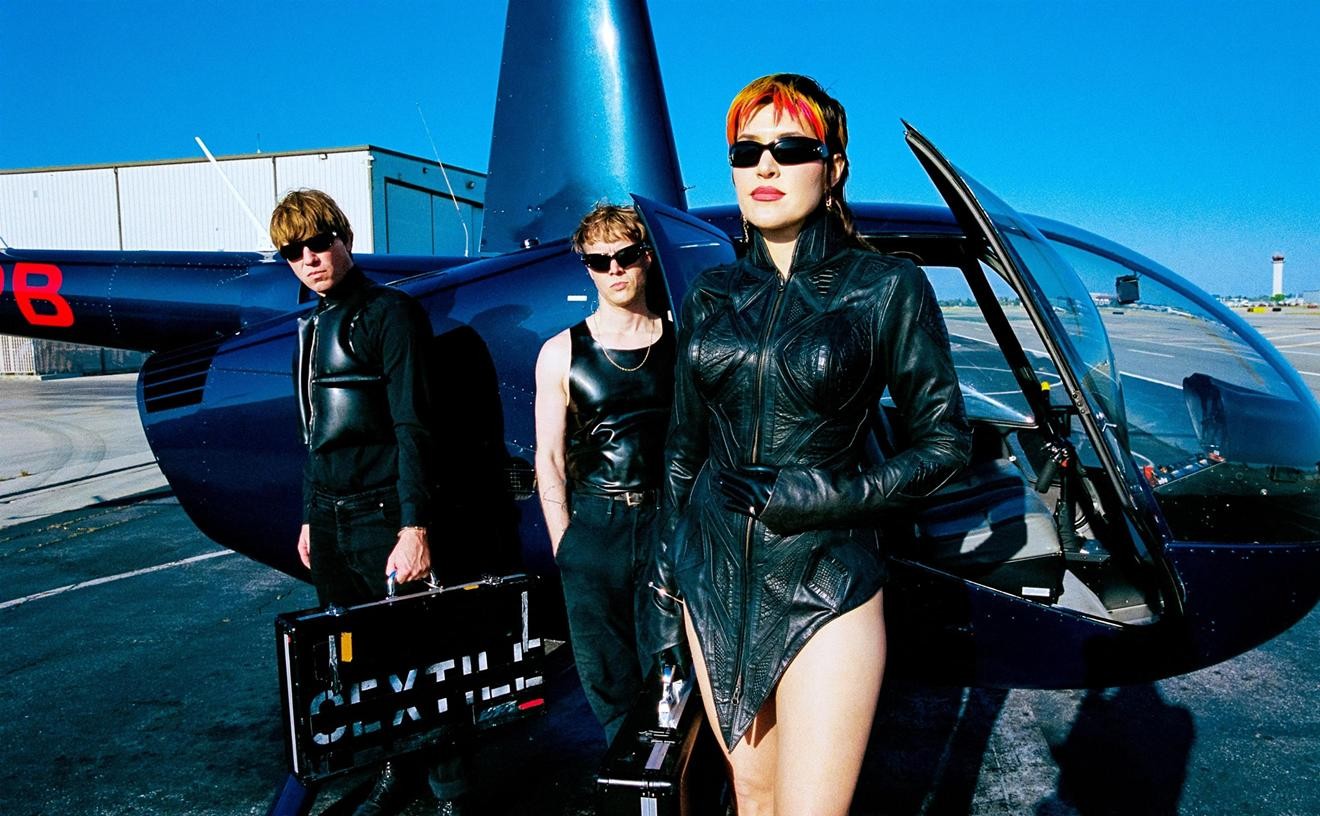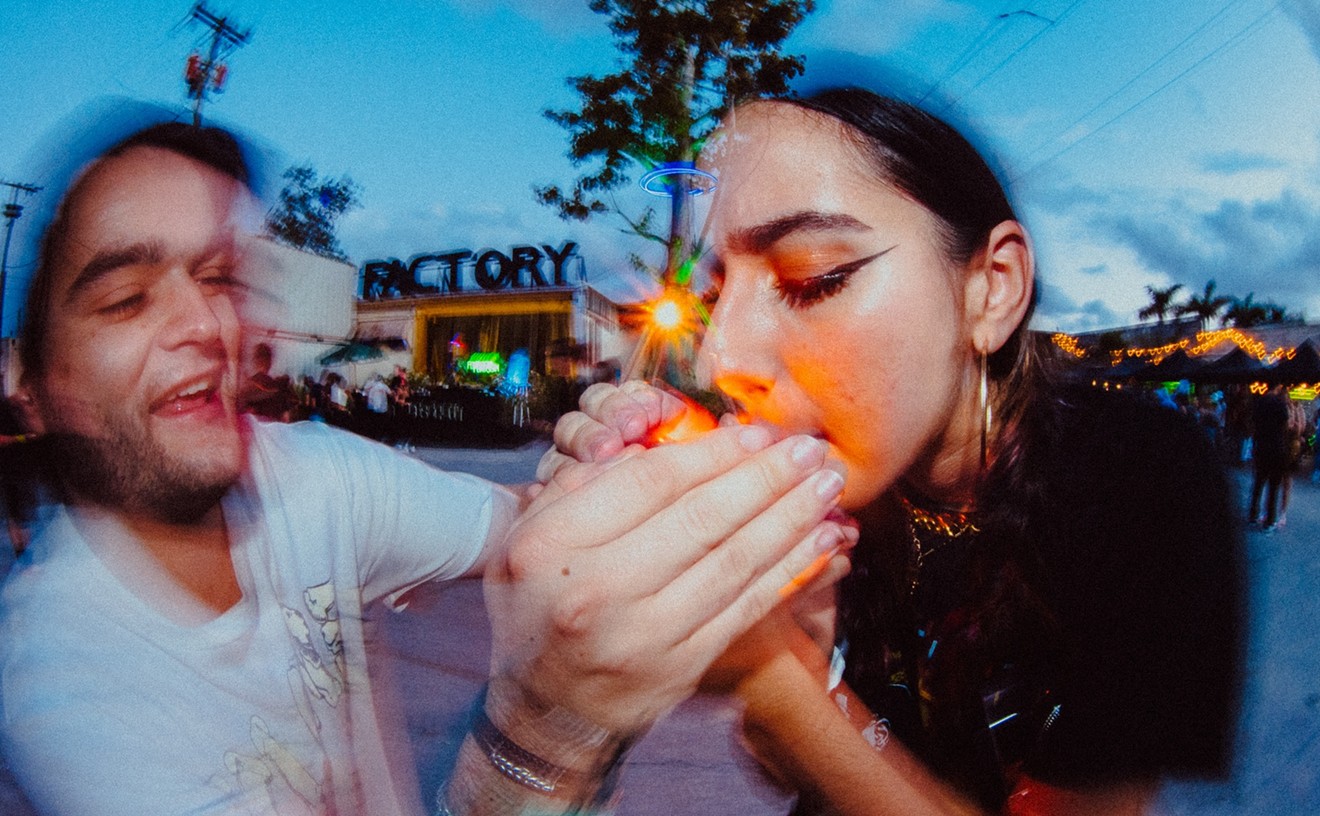If the good life is "a life abounding in material comforts and luxuries," then yes, Tony Bennett, with his Central Park South aerie and world tours, most certainly has lived it — and is living it still. If the good life is "a life marked by a high standard of living," then yes, Bennett has that too. Not because the wealth undoubtedly brought about by moving more than 50 million units, but because of the high standards he's always applied to his lifelong devotion to song.
But what stands out most about Bennett is the bearing with which he's carried himself during nearly 60 years in the music business. It's a bearing that's at once regal and elegant, mannered and sublime: the bearing of a legend.
The facts of his life are practically fable. Born Anthony Dominick Benedetto in 1926 and raised on the streets of Astoria, New York, Bennett got his big shot after Pearl Bailey asked him to open for her in New York's Greenwich Village. One night, Bob Hope was in the house, and Old Ski Nose invited Bennett on the road. Bennett was still "Joe Bari" then. But Hope suggested he'd do better abbreviating his own name.
So he did, and the rest is history. The first hit song ("Because of You") came in 1951; it sold a million copies and stayed atop the charts for ten weeks. The next year came a reprise, only this time he did it with Hank Williams's "Cold, Cold Heart." In '53, Bennett did it again with "Rags to Riches." And he's been doing it ever since, with songs such as "The Best Is Yet to Come," "I've Got the World on a String," and, yes, "The Good Life." Along the way, there also was "I Left My Heart in San Francisco," and that became his sort of signature.
Beyond those songs, though, there were the jazz collaborations, with cats as with-it as Nat Adderley, Herbie Mann, Art Blakey, and Chico Hamilton. Bennett's '70s sides with pianist Bill Evans have made every "best" list ever assembled. Then there was the pairing with the Count Basie Orchestra, which began in '58 and last year earned Bennett another Grammy nomination. If he wins, it'll be his 16th.
It wasn't always all days of wine and roses, though. Despite the teaming with Evans and the birth of two daughters, Bennett bottomed out in the '70s. Not until his son Danny took over the business side did Bennett turn his career around. And since The Art of Excellence in 1986, he's been back on top.
This Friday night, the legendary saloon singer will croon at the Arsht Center. To say his appearance is highly anticipated would be an unfathomable understatement. This is the real deal, Jack. And to miss it might be considered akin to missing life itself. New Times slipped the sterling singer seven questions over the holidays. Here's what he slipped back.
New Times: You've been backed by everyone from Count Basie to Art Blakey. Please forgive an almost impossible question, but was there one musician you worked with over the years whose collaboration stands out above the rest?
Tony Bennett: In terms of my recording career, one of the true highlights was working with the late Bill Evans. He was pure genius, and we made two albums together that the critics always put at the top of their list and definitely are favorites of mine.
How instrumental would you say your son Danny has been in keeping your career ever blossoming?
It's hard to believe it's almost two decades ago now, but I remember telling Dan that I thought the videos on MTV were very clever and I liked how they were turning each song into a mini movie. The next thing I know, Dan tells me MTV wanted to work with me and we did the Unplugged CD that won an "Album of the Year" Grammy. He is a brilliant businessman, and he was always careful to make sure I did not have to change my style and the songs I wanted to perform. It was all about just using new ways to reach a different audience.
You've appeared as a performer in countless motion pictures, but you haven't acted in one since The Oscar in 1966. Is there a role that could persuade you to act again? What about if someone brought back 77 Sunset Strip?
I was fortunate enough to get to know Cary Grant in his later years, and I asked his advice once if I should move more towards film, and he told me to absolutely avoid it. He said the best thing is to work live — which is what I do all the time — and that making movies can be very boring as you have to wait hours until they figure out a light bulb. So I happily perform live all around the world, and that's what I love, and every once in a while I might do a cameo scene in a film.
How did you become involved with Johnny Mercer: The Dream's on Me? Did Clint Eastwood ask you to join in? Ever considered collaborating with Mr. Eastwood?
Clint is an expert of jazz music, and I met him when I performed at the Monterey Jazz Festival, and the idea came about that he wanted to produce a film about my life. So we worked together with his crew and the film was premiered on American Masters on PBS. He even interviewed me for the documentary, and then when his crew started working on the Mercer film, they asked me to be interviewed for that as well.
Forgive me if you've been asked this a thousand times, but if someone said, back in the day, that the kid from Queens would forever be associated with a song about San Francisco, what would you have told them?
I certainly could not have imagined it myself, and when my musical director, Ralph Sharon, brought the song on the road with us since we were going to play San Francisco, we thought it would just be a local thing for the performance. In fact, when I recorded the song, it was on the B side of the record, as we all thought this beautiful song, "Once Upon a Time," would be the big hit. So that went on the A side. In the end, "I Left My Heart in San Francisco" became the hit, and I have been commissioned to perform it around the world, so it has been a great gift.
Fifty-plus years in the biz; 50-plus million units sold; 15 Grammies; the adoration and respect of the world. Does "blessed" even begin to describe your life?
Well, my family name, Benedetto, means, "the blessed one," and I have felt truly blessed to be able to make a living doing the two things I love in life — singing and painting.
How do you like South Florida? You were here on numerous occasions in Miami Beach's heyday, including an appearance in Jackie Gleason's American Scene Magazine in 1962 and a couple of appearances on his show in the late '60s. I imagine you also performed at the Eden Roc and/or the Fontainebleau. Any particularly momentous memories from those days?
I love the Miami area. It's always been full of life, and performing in the '60s was a special time — the audience always dressed up beautifully, and it made every performance special. I was good friends with Bobby Hackett, who performed on Jackie's first album, Music for Lovers Only, and Jackie conducted the orchestra himself... At first, they couldn't get a record label to release it, and finally Capitol Records agreed, and in the end it was hugely successful. Jackie was one-of-a-kind.
Email [email protected]










